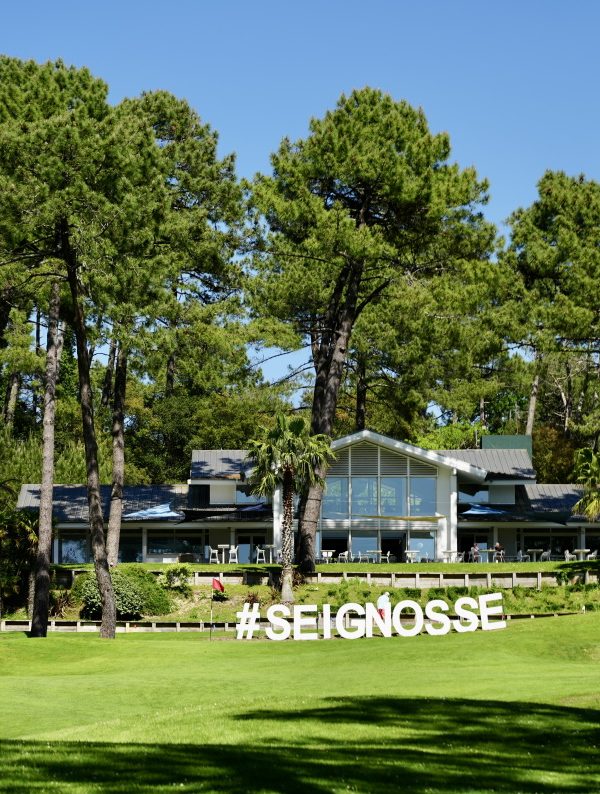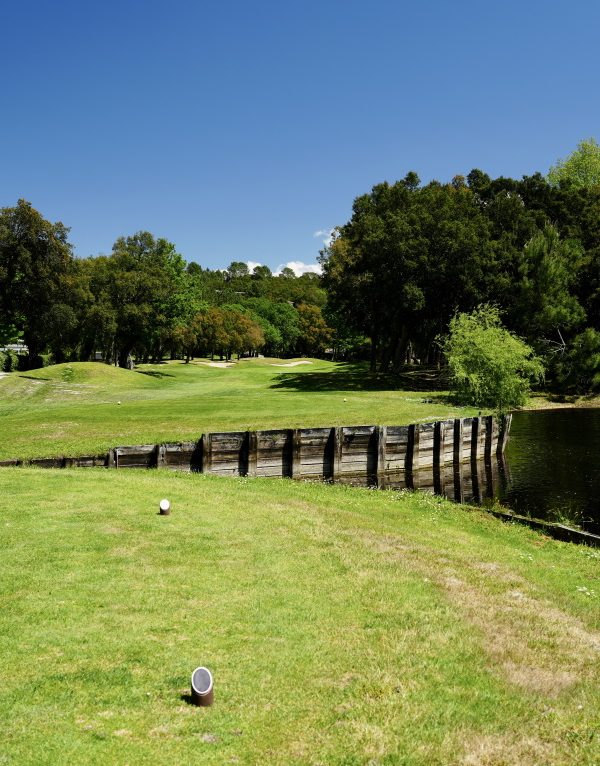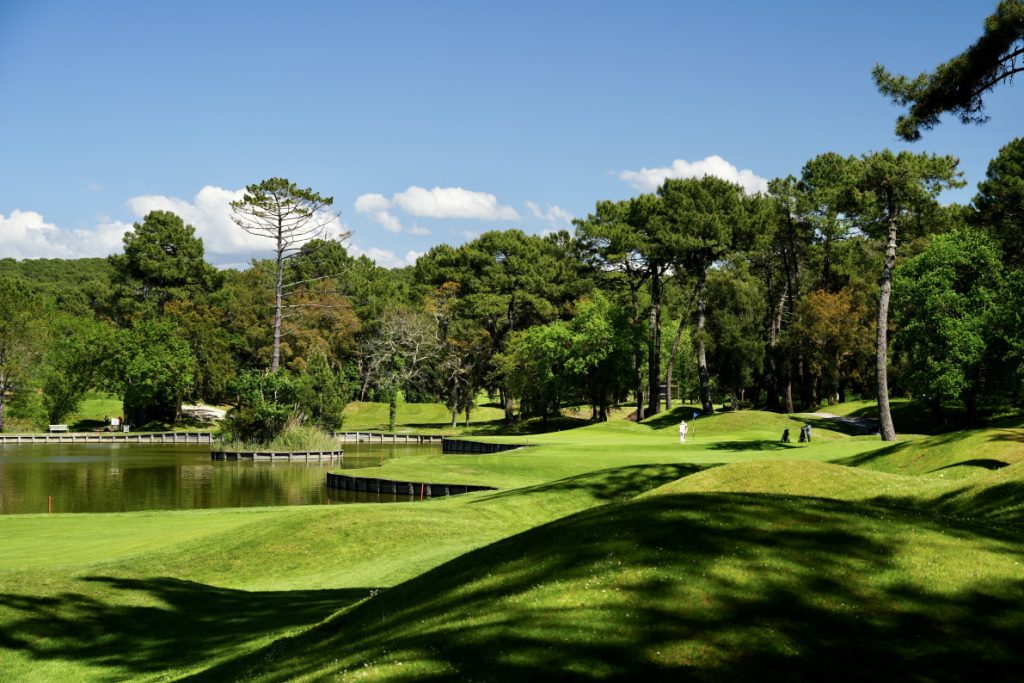
The arrival of zero phyto is a godsend for us. It will enable us to be as virtuous as possible. Particularly as the trend over the last few years has been towards the use of biocontrol products. To put it simply, we need to differentiate between crop protection products, which are generally chemically produced, and most biocontrol products, which are based on natural substances. These are bacteria, fungi and anything else found in nature that can be replicated and placed on our greens.
Except that the vast majority of these products require mechanical action upstream to be properly implanted and therefore effective. They have to be applied directly to the soil, because if they were spread on the surface without any mechanical action, the product would be washed away after the first mowing. Mechanical operations, such as aerating, sanding and spiking, are therefore doubly important.
At Seignosse, we use all the biocontrol products authorised on the market. But these solutions can only be used for preventive, not curative, treatment. At the moment, no biocontrol product can treat a disease curatively, or fully clean up a contaminated area. Clearly, the greens would not survive heavy fungal attacks. All the more so as Seignosse has the unusual climate of being almost like an oven. Even in summer, the climate is relatively mild and humid, and therefore conducive to the outbreak of disease. In practical terms, if we had used only biocontrol products this winter, we would have lost the greens the following June.
2025 and 0 phyto, it’s coming fast. The transition is here and we all need to work together: players, managers, gardeners. That’s also why it’s essential to communicate clearly about our operations, their usefulness and their impact.

Players need to understand that this necessary transition to more virtuous maintenance is bound to have an impact on their game. It may be necessary to play a little less, rather than not at all, to allow time for these mechanical operations to be carried out properly.

